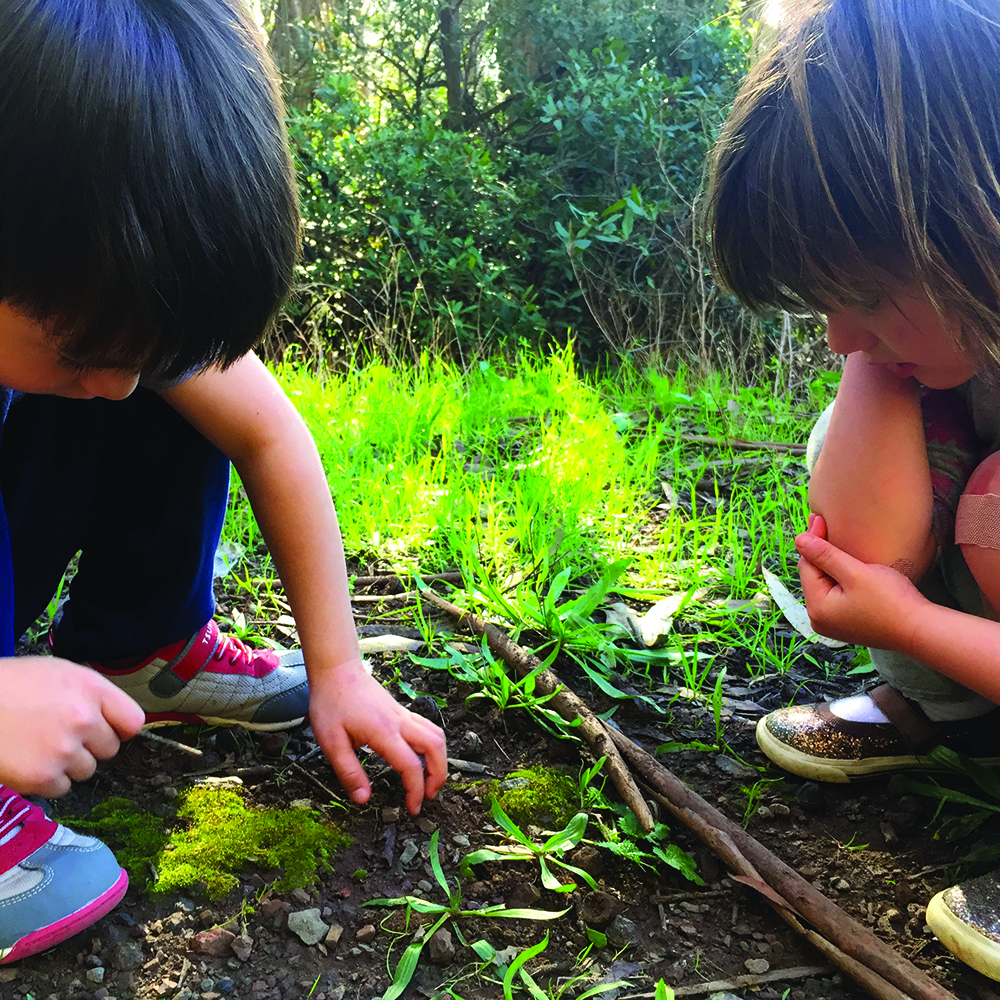Work as a team to design and plant a community garden! Research which types of plants grow best in your area and climate, then find a location to start a community garden. As a group, design and plant the garden and make a plan to keep it growing. This activity helps children work collaboratively and think creatively over the long term.
Materials Required
- Gardening tools (hoes, rakes, shovels, etc.)
- Gardening beds
- Soil
- Seeds, plants, vegetables, fruits, flowers, etc.
Instructions
- Begin by researching which types of plants grow best in the local area and climate. Narrow down the list based on this research. Another option is to create a garden based on a theme. What could you plant in a pizza garden? Or in an herb garden?
- After selecting which types of plants to grow, pick a place for the garden.
- Work collaboratively to design the garden in a creative manner. How can the garden be helpful for the community and also be attractive?
- Purchase necessary plants and seeds and build the garden according to the design plan.
- Create a maintenance plan to ensure that the garden is well cared for. Stick to the maintenance plan and watch the garden grow!
- Gather some of the freshly grown ingredients to create a dish to serve to friends and family in the community. Toss together a fresh salad, or use herbs to spice up a healthy, homemade dish. Serve the creation at a community celebration honoring the creation of the garden.
- Encourage others to use ingredients from the garden to create their own fresh and unique dishes.
- Continue to care for the garden. Remember, gardens can be a lot of work, but they offer a world of rewards!
Additional Tips
Try these add-on activities:
- Bring the beauty of the garden to others. Brainstorm ways to share the garden’s beauty and success with local community members. Pick a bouquet of fresh flowers to deliver to a nursing home, or use fresh herbs to bake bread for a neighbor.
- Think seasonally. Develop a long-range plan that ensures the garden is sustainable throughout the year. What should be planted during the colder months? How should maintenance change as the days grow longer and warmer?


